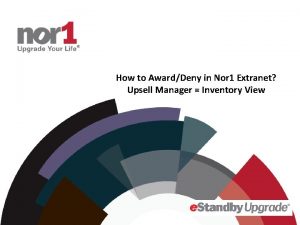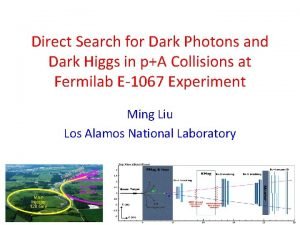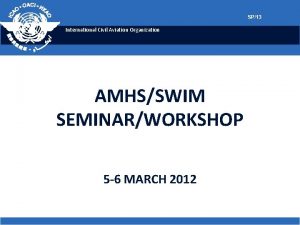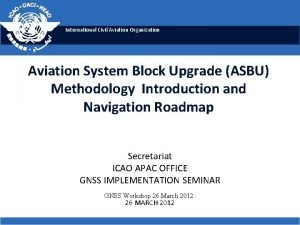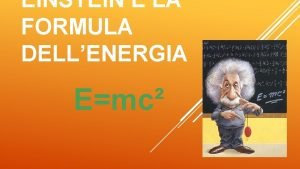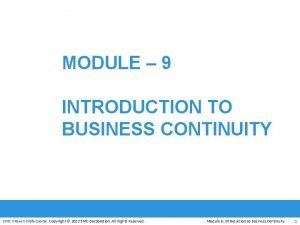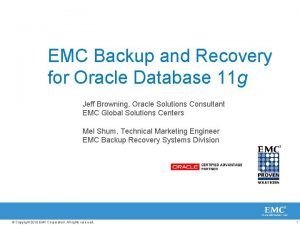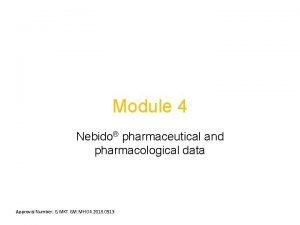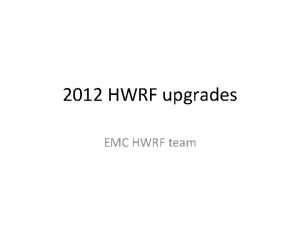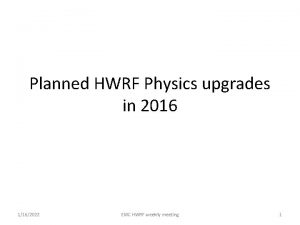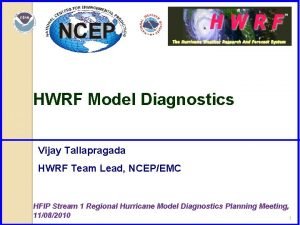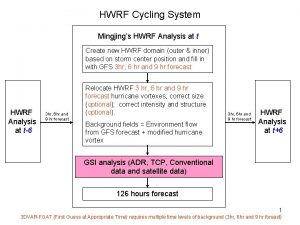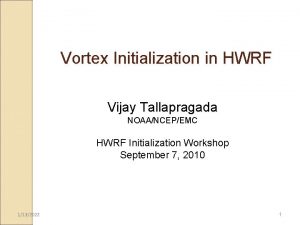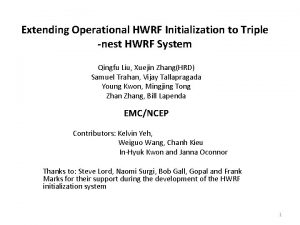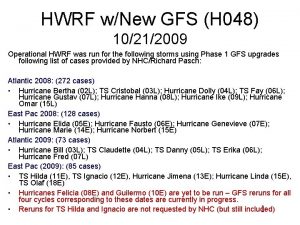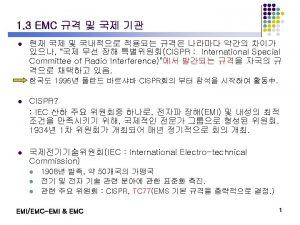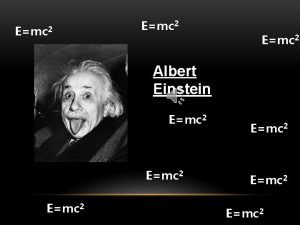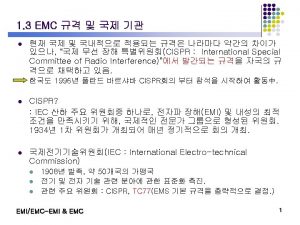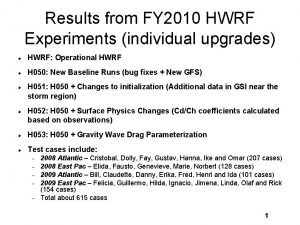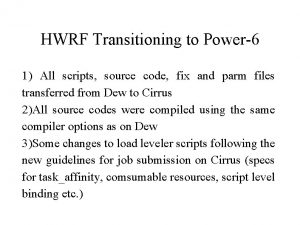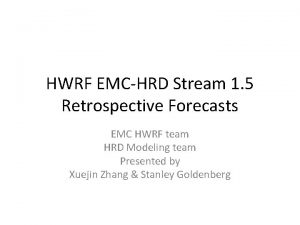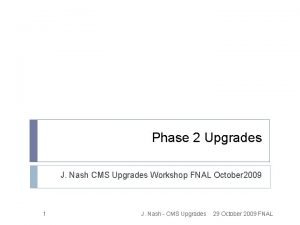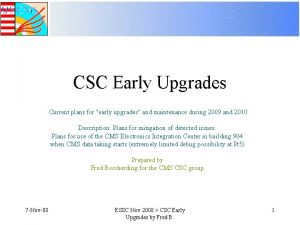Transitioning HWRF upgrades into operations at EMC A


















- Slides: 18

Transitioning HWRF upgrades into operations at EMC A Joint Hurricane Testbed (JHT) Program Robert E. Tuleya*, Yihua Wu, Vijay. Tallapragada, Young Kwon, Hyun-Sook Kim, Zhang, Qingfu Liu, J. O’Connor 65 th Interdepartmental Hurricane Conference *NOAA Visiting Scientist @CCPO/ODU Miami Fl March 2011

JHT project task areas* • Improve HWRF intensity forecasts transition surface flux formulation from V 2 to V 3 • Trouble shoot and diagnose HWRF problems transition surface flux formulation from V 2 to V 3 • Upgrade land model and landfall prediction transition to NOAH LSM *½ time effort

Transition from HWRF 2010 (V 2) Operational Sfc Fluxes to Alternative znot Formulation(V 3) 3

HWRF 2010 V 2 surface fluxes based on observation 2010 Results mixed: ~good track but low intensity bias HEXOS data (1996, Decosmo et al) CBLAST data (2007) HWRF 2010 V 2 used constant CH at high winds

Similarity relationship for surface layer exchange coefficients under neutral condition Stress ~ u*2 ~ Cdumum Enthalpy flux ~ u*. q* ~ Ch um ( qm – qs ) • HWRF 2010 prod sfc flux formulation uses Cd & Ch with low level wind cut-off above which there is no stability dependence • Given Cd & Ch from HWRF 2010 operational code( Kwon ), solve for zo and zot for neutral conditions as function of low level wind • Use function form of zo and zot in MO formulation of GFDL surface flux formulation Assume stability dependence can be important in some cases • Method allows for roughness to be changed later based on more physical basis—e. g. wave coupling, current interaction, etc. 5 • Alternative znot formulation used in V 3 -R 2

Possible differences in results between HWRF prod and znot formulation • Znot formulation does not exactly match CD & CH of Kwon. Algebraic fit of znot for enthalpy and momemtum • Znot formulation has stability dependence of GFDL(HWRF 2009) sfc flux routine 6

HWRF 2010, V 3 -R 2 (neutral) CD, CH CH/CD ratio HWRF V 3 HWRF 2010 CH/CD ratio significantly lower than GFDL & HWRF 2009 7

H 210 test with znot formulation based on H 210 CH~1 x 10 -3 above 10 m/s V 3 znot HWRF 2010 *** Note track nearly identical 8

Red: Oper. HWRF V 2. 0 Cyan: HWRFV 3. 2 w/POM Benchmarking HWRFV 3. 2–POM three season testing, ATLANTIC 2008 -2009 -2010. HWRFV 3. 2 produced nearly identical results compared to operational 2010 HWRFV 3. 2 produced slightly less bias compared to operational 2010 HWRF. Consistent with slightly greater values of CH/CD for HWRFV 3. 2 vs 2010 HWRF

Summary of Znot formulation method • Relatively small difference between operational HWRF V 2 and HWRF V 3 znot formulation method • Some small improvement in reduction of low intensity bias? • Thermal znot can be reformulated to account for low intensity bias? ? (next talk) 10

The NOAH LSM Issues in HWRF ~150 historic 2008 Atlantic cases ~280 2010 Atlantic cases run in parallel

Track NOAH LSM test cases 2010 AL 01 -AL 19 2008 cases Track: Noah LSM ~20 nm worse @96 h Why? ? ? Intensity: Noah LSM slightly better up to 96 h (not shown)

Example of Alex (2010) two problems areas • Hot spots in LST in parent & nest domains • Apparent lateral BC problems

Hot spots (parent grid) in Noah LSM NOAH LSM LST > 330 K GFDL slab 280<LST<310 K

Lateral BC problems (nest): V 3 R 2 makes problems worse HWRFV 2 NOAH LSM Apparent lateral BC problems with NOAH LSM (H 210) V 3 R 2 NOAH LSM LST hot spot >500 K

Apply patch to fix Tsfc values along perimeter after LSM call, hot spots reduced/removed

Hot Spots controlled by • patching LST from one point inside • changing from binary to netcdf!! • turning off gravity wave drag!! Issues and Solutions • Tsfc treated differently than other prognostic variables (e. g. u, v, T, R ? ? ? ) • Apparent lateral BC problems remain for LST and other surface land parameters and variables in nest domain • Fix LSM issues in V 3. 2 and run in parallel for 2011

END
 Aviation system block upgrades
Aviation system block upgrades Mng extranet
Mng extranet Photo search
Photo search Opmet briefing
Opmet briefing Pans aim
Pans aim Asbu aviation system block upgrades
Asbu aviation system block upgrades Manufacturing process classification
Manufacturing process classification Gravity emc
Gravity emc Albert einstein emc
Albert einstein emc Emc standard
Emc standard Informix
Informix Barth
Barth Emc
Emc Pechhulp emc
Pechhulp emc Booz allen hamilton
Booz allen hamilton Eksrs
Eksrs Emc publishing llc
Emc publishing llc Emc backup and recovery
Emc backup and recovery Testosterone cypionate chart
Testosterone cypionate chart

